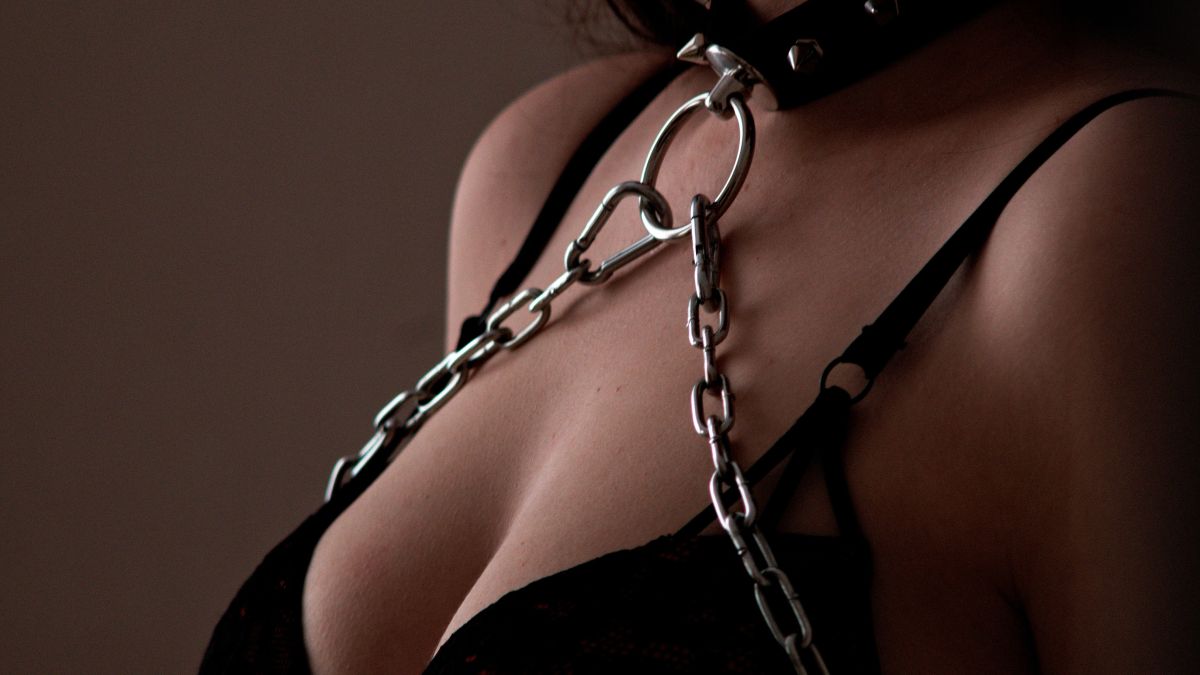Virtual Reality and live porn: A Match Made in Tech Heaven
Dive into the immersive world where technology meets pleasure, enhancing the experience like never before. Virtual Reality (VR) has been making waves across various industries, and the adult entertainment sector is no exception. In this article, we’ll explore how VR and live porn are intertwining to create a groundbreaking experience for users, revolutionizing adult entertainment as we know it.







